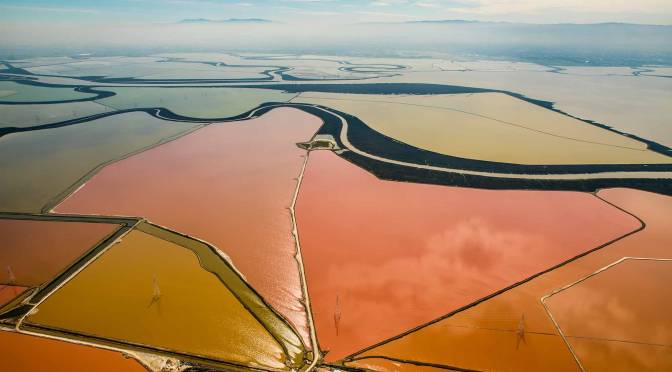Bad news for housing may be good news for efficiency.
 This house, built by students at the University of
This house, built by students at the University of
Maryland, won second place in the Solar Decathlon, held
on the Mall in Washington DC in 2007.
Photo by Amy E. Gardner.The recent news about home prices has not been good. In the United States, home prices fell 4.5% this year in the third-quarter compared to in the third-quarter of 2006: the largest drop since the National Home Price Index began to measure home price averages in 1988. According to the Contra Costa Times, Solano County is among the worst hit in the nation. Foreclosure rates are quadrupling in some areas of California, and the drop in property tax revenue will increase next year's budget deficit. This may lead to cutbacks in state services which usually means cutbacks in service to the people most in need of help during a housing crisis: middle- and low-income families.
Inflated home prices attracting speculation have brought us to the shadow side of the housing boom that occurred during the past several years. Get-rich-quick schemes involving buying a house and selling it for a profit a few years later had looked like sound economics, and the nation's prosperity seemed to depend on housing prices going up forever.
Charlie Wilson, an economics graduate student at the University of British Columbia in Vancouver, Canada, studies the housing industry. The Vancouver area underwent a housing boom over the last several years as well, and homeowners there have been retrofitting like crazy, hoping to add market value to their homes. Wilson found that in 2006 alone, almost half of homes built before 1946 underwent major retrofits--costing $15,000 or more. However, he found no correlation between the retrofits and home prices. Turns out it was the land the houses were built on that is valuable. Wilson did find that "renovations are most commonly motivated by personal desires, aesthetics and social norms [which] are basically irrelevant for energy efficiency."
When my wife and I were looking to buy a home in Berkeley, we did notice a lot of houses with odd appendages that seemed to fit someone's idea of aesthetics but not ours. Maybe one seller really believed that adding a second story with a sauna would add to the market value of their home, however, we were pretty sure most of these renovations were performed without the benefit of a permit. These added bumps and humps certainly don't make the houses function more efficiently.
